
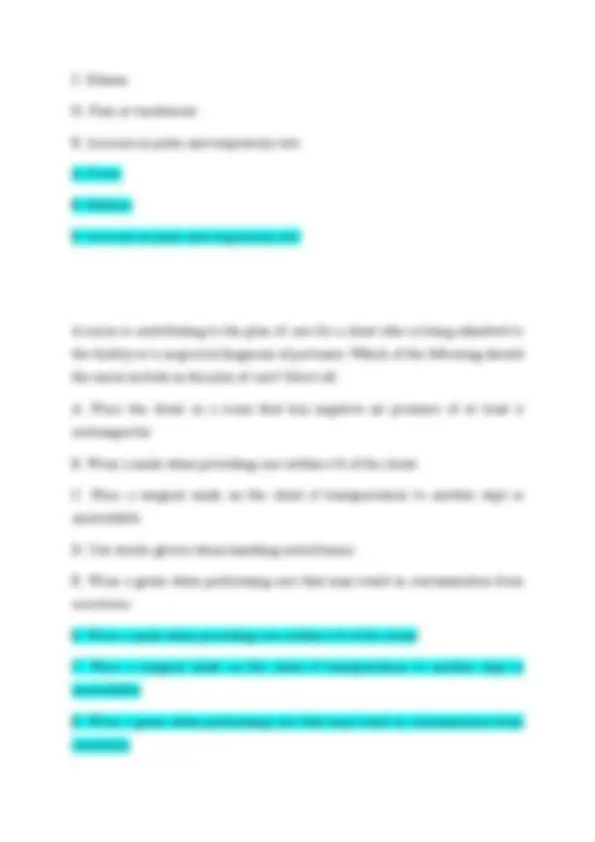
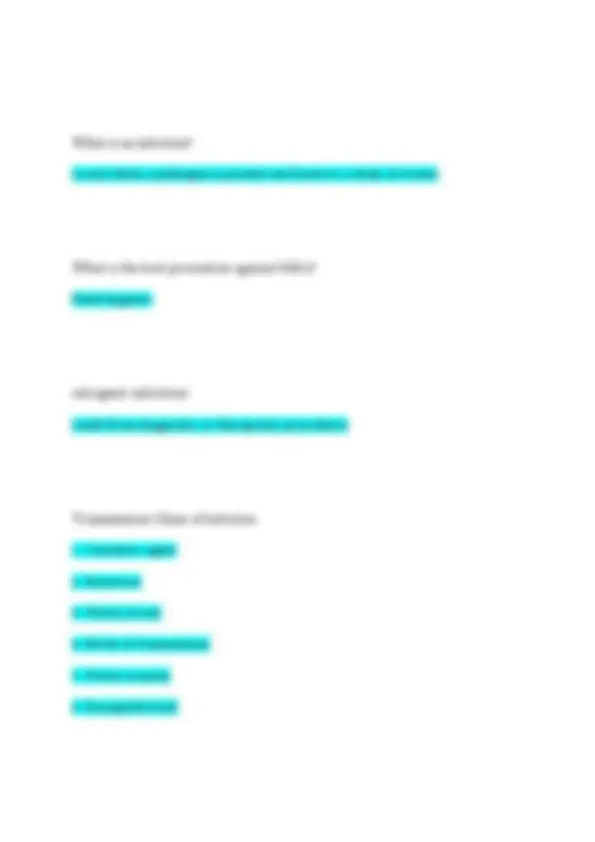
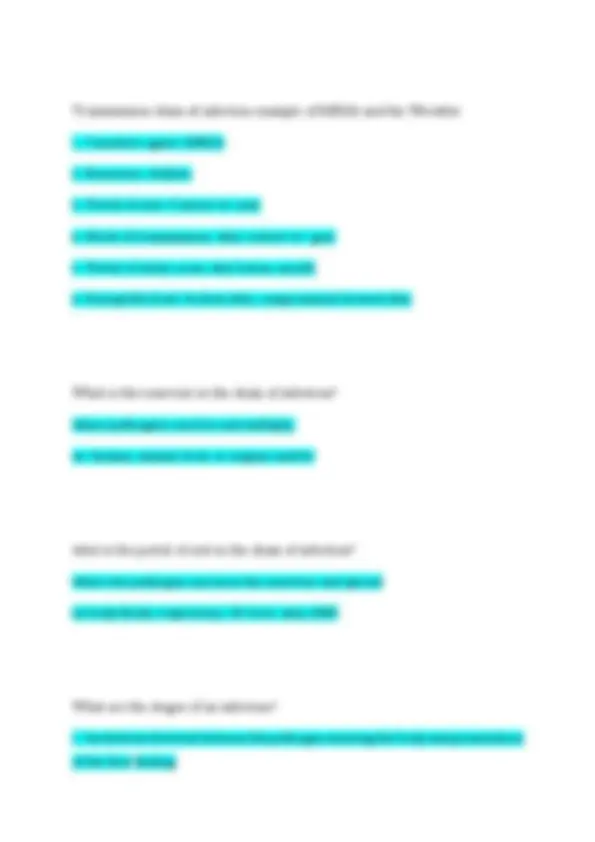
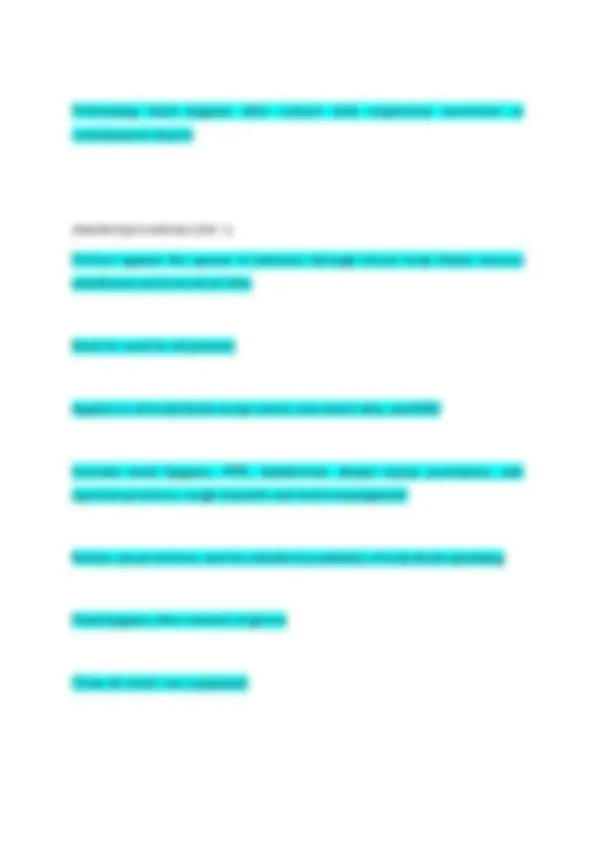
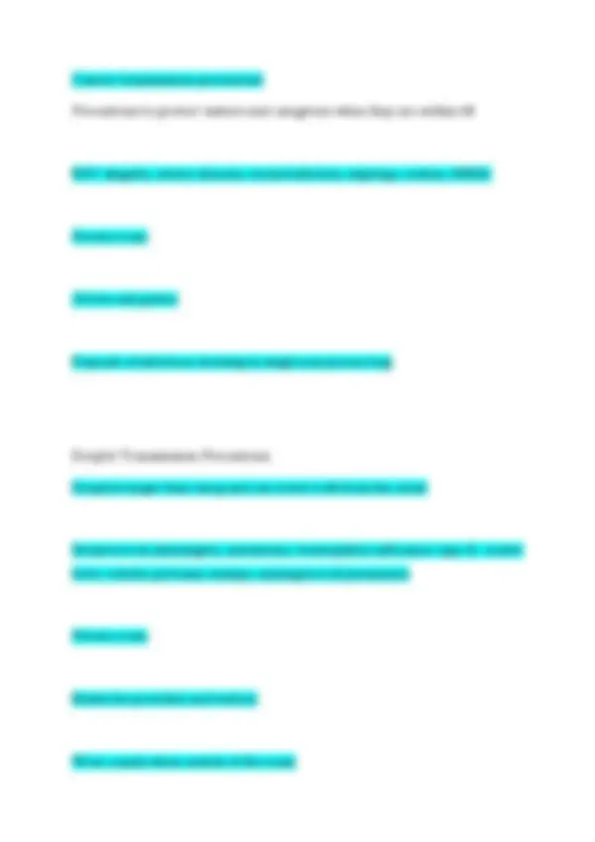

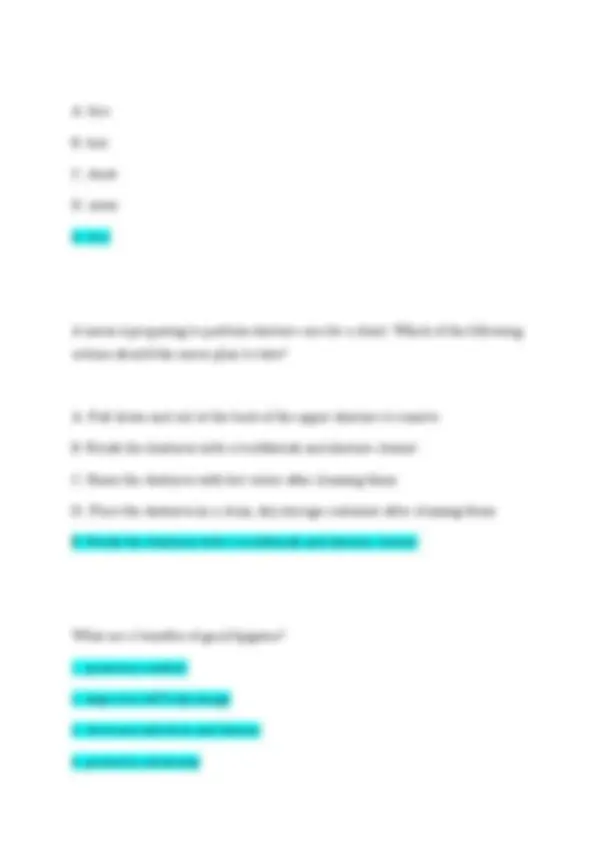
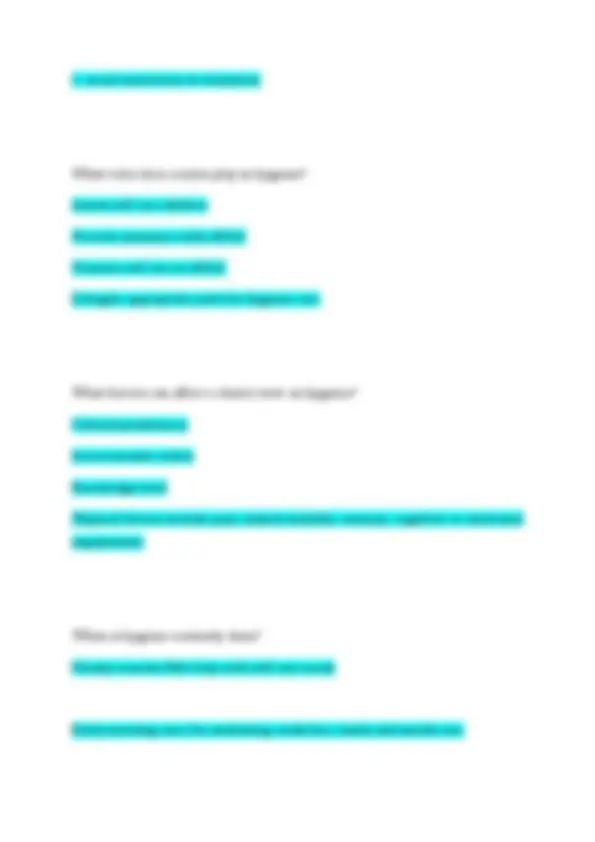

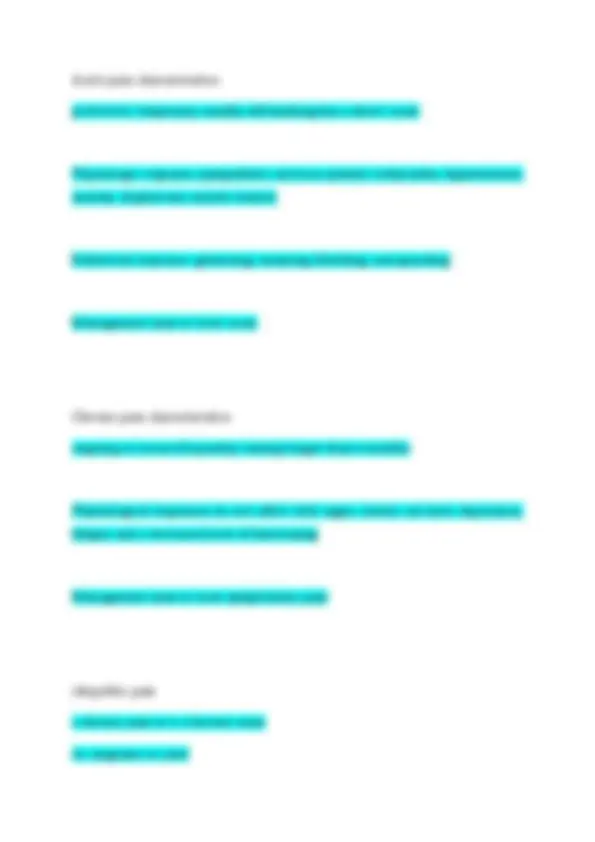
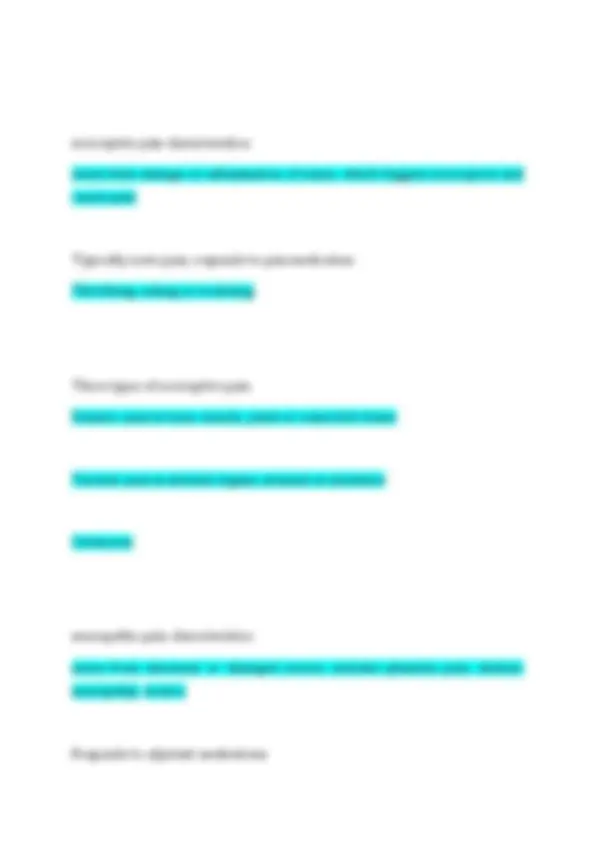

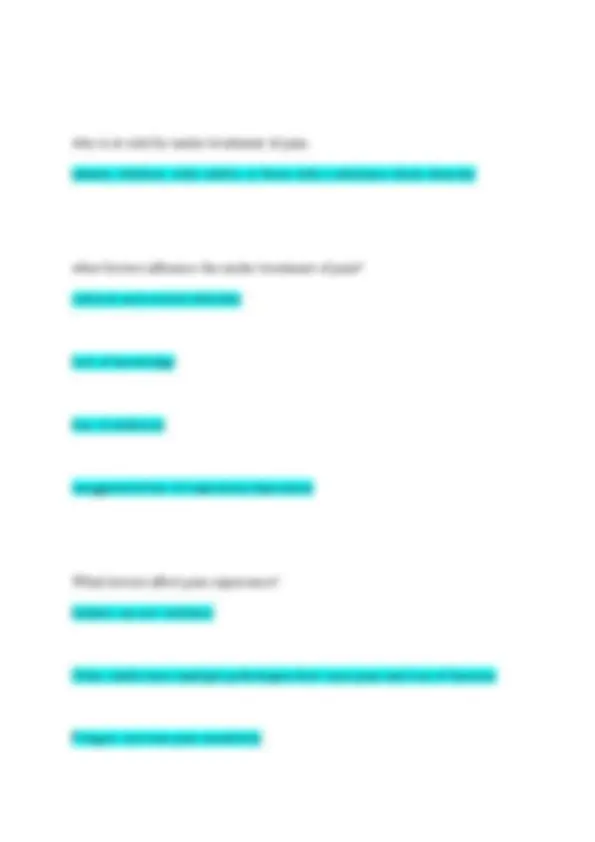

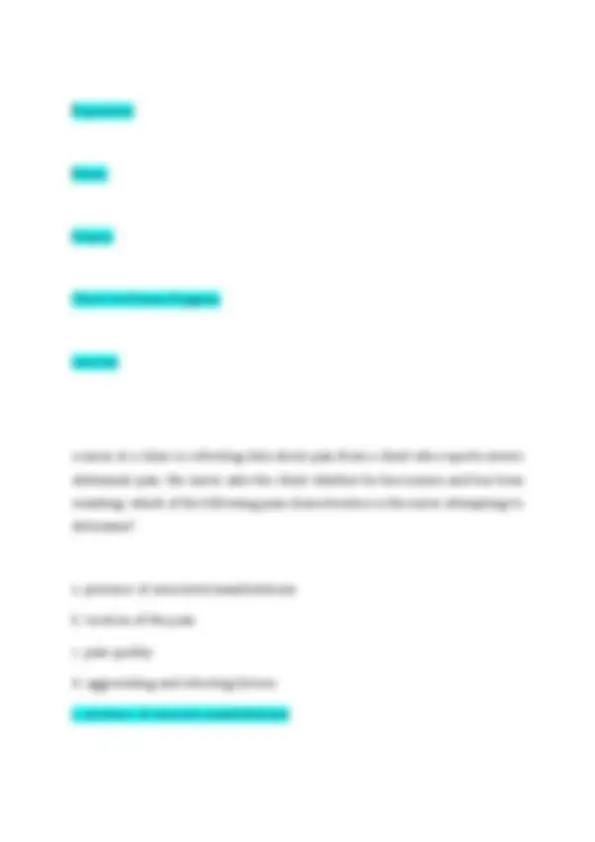
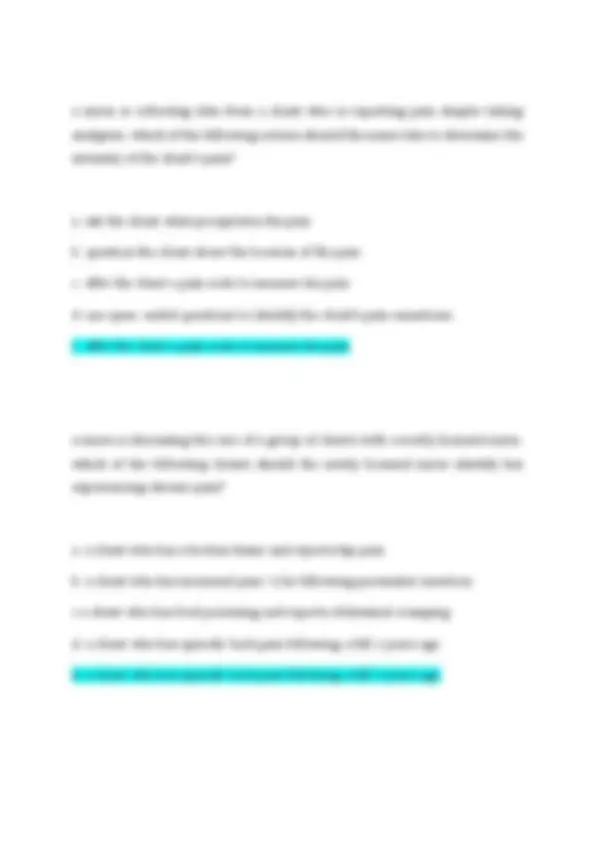
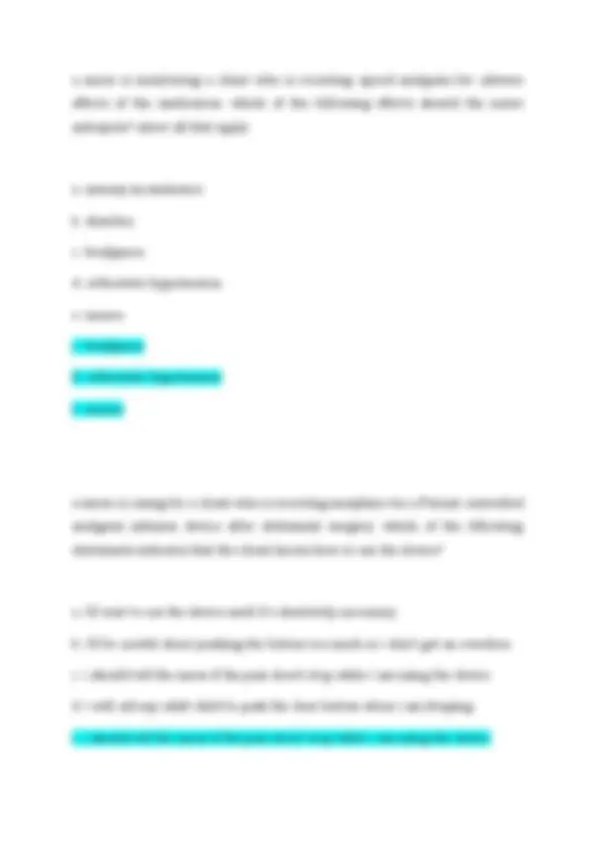
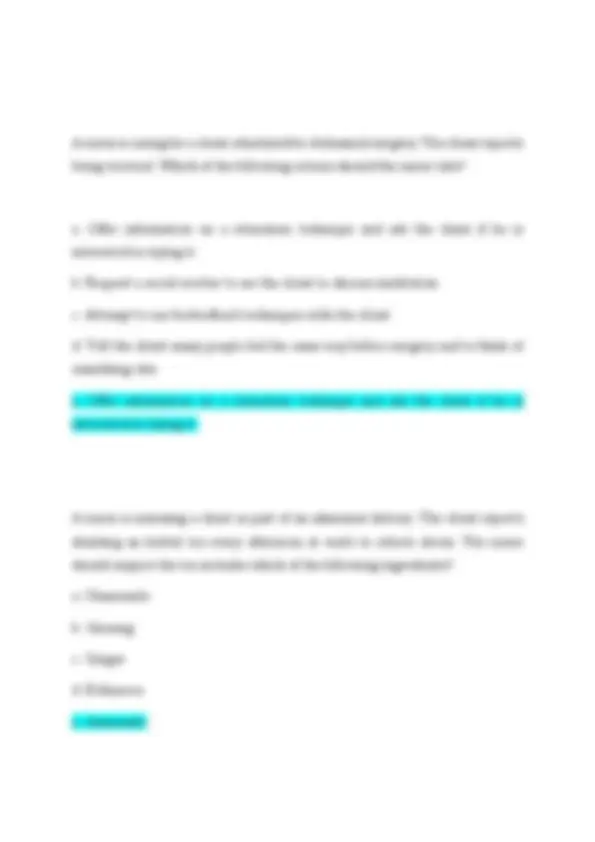
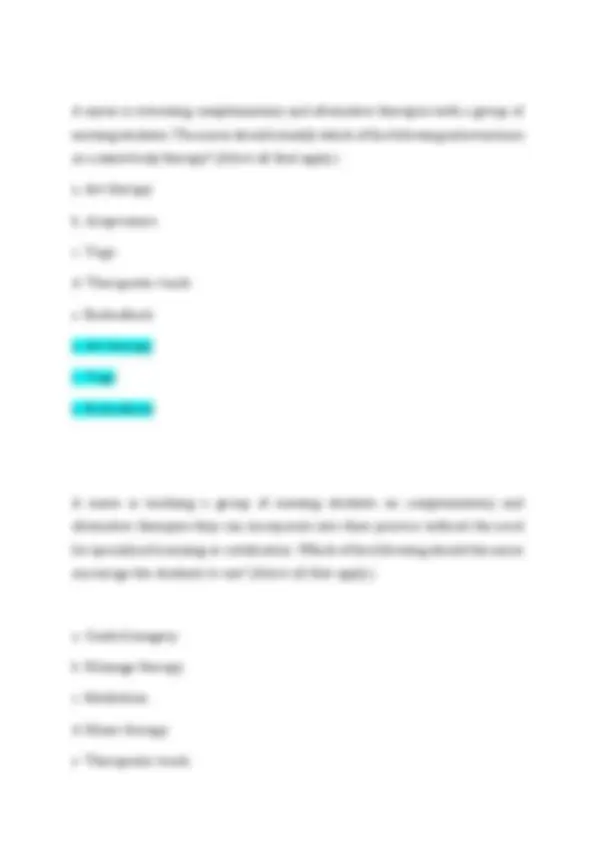
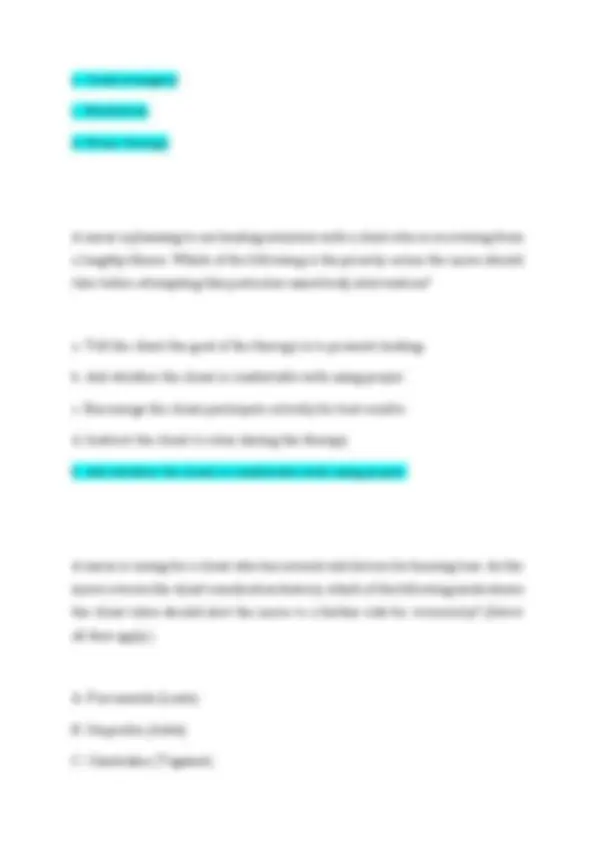
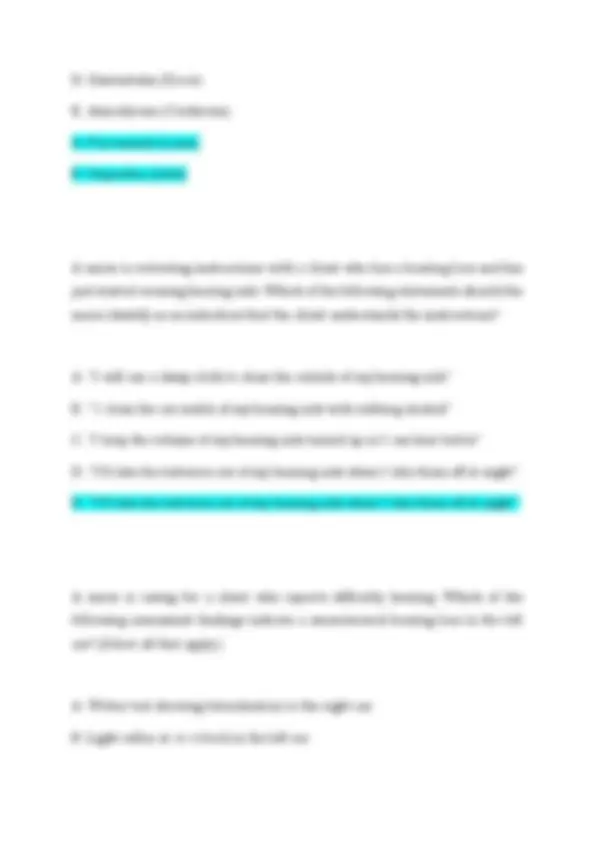
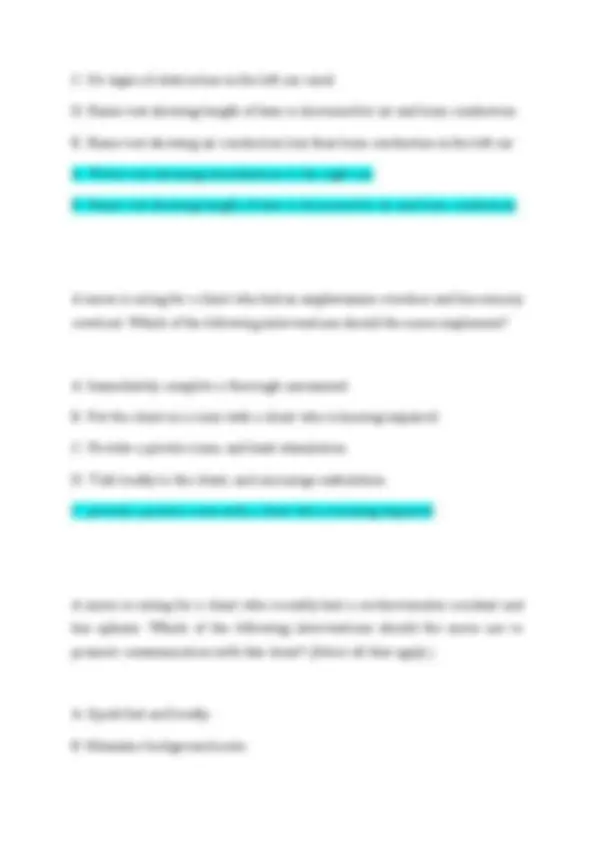
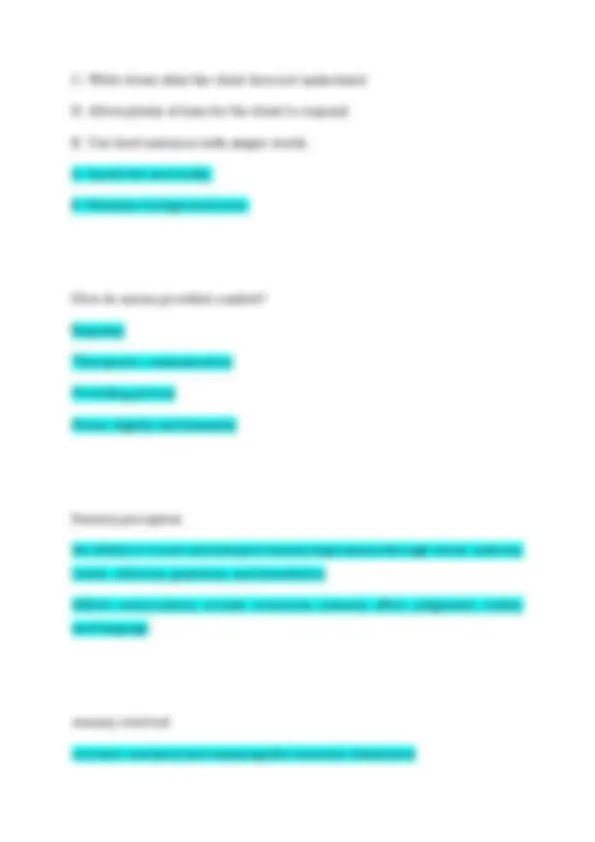



Study with the several resources on Docsity

Earn points by helping other students or get them with a premium plan


Prepare for your exams
Study with the several resources on Docsity

Earn points to download
Earn points by helping other students or get them with a premium plan
Community
Ask the community for help and clear up your study doubts
Discover the best universities in your country according to Docsity users
Free resources
Download our free guides on studying techniques, anxiety management strategies, and thesis advice from Docsity tutors
NUR215 EXAM 2 | QUESTIONS AND ANSWERS | 2025-2026 | GRADED A+
Typology: Exams
1 / 32

This page cannot be seen from the preview
Don't miss anything!

























A nurse is caring for a client who has severe acute respiratory syndrome (SARS). The nurse knows that health care professional are required to report communicable and infectious diseases. Which of the following illustrate the rationale for reporting? (select all the apply) A. Planning and evaluating control and prevention strategies B. Determining public health priorities C. Ensuring proper medical treatment D. Identifying endemic disease E. Monitoring for common-source outbreaks A. Planning and evaluating control and prevention strategies B. Determining public health priorities D. Identifying endemic disease E. Monitoring for common-source outbreaks A nurse is caring for a client who has had a cough for 3 weeks and is beginning to cough up blood. The client has manifestations of which of the following conditions? A. allergic reaction
B. ringworm C. systemic lupus erythematosus D. Tuberculosis D. Tuberculosis A nurse is caring for a client who repots a severe throat, pain when swallowing, and swollen lymph nodes. The client has manifestations of which of the following conditions? A. prodromal B. ringworm C. convalescence D. Illness illness A charge nurse is reviewing with a newly hired nurse the difference in manifestations of a localized vs a systemic infection. Which of the following are manifestations of a systemic infection. (select all that apply) A. Fever B. Malaise
What is an infection? occurs when a pathogen is present and leads to a chain of events What is the best prevention against HAIs? Hand hygiene iatrogenic infections result from diagnostic or therapeutic procedures Transmission Chain of Infection
Transmission chain of infection example of MRSA and the Wrestler
Airborne examples Covid-smaller than 5mcg, measles, TB, Varicella vector transmission lyme, mosquito transmission, west nile, and malaria hand hygiene Wash hands with antimicrobial soap when in contact with contaminants, do not use soap and water, not alcohol if C. Diff is suspected Cough etiquette Using facial tissues to contain respiratory secretions & prompt disposal Weaning surgical mask when coughing to minimize contamination of surrounding area Turning head when coughing and staying a minimum distance of 3 feet away from others
Performing hand hygiene after contact with respiratory secretions or contaminated objects standard precautions (tier 1) Protect against the spread of infection through blood, body fluids, mucous membranes and non-intact skin Must be used for all patients Applies to all body fluids except sweat, non-intact skin, and MM Includes hand hygiene, PPE, disinfection, sharps injury prevention, safe injection practices, cough etiquette and waste management Masks, eye protection, and face shields if possibility of body fluids splashing Hand hygiene after removal of gloves Clean all client care equipment
Airborne transmission precautions Droplets less than 5mcg measles, varicella, pulmonary or laryngeal tuberculosis Require a private room, masks and respiratory protection N95 or HEPA respirator if the client might have TB Negative pressure airflow exchange in the room Full face protection if body fluid splashing may occur Clients should wear a mask when outside of room Risk factors for infection
A. face B. feet C. chest D. arms A. face A nurse is preparing to perform denture care for a client. Which of the following actions should the nurse plan to take? A. Pull down and out at the back of the upper denture to remove B. Brush the dentures with a toothbrush and denture cleaner C. Rinse the dentures with hot water after cleaning them D. Place the dentures in a clean, dry storage container after cleaning them B. Brush the dentures with a toothbrush and denture cleaner What are 5 benefits of good hygiene?
Therapeutic bath-Eczema, diaper rash important factors to remember while preforming oral care Decreases risk of infection that causes pneumonia, risk for aspiration, impaired swallowing or decreased gag reflex important factors to remember when performing oral care on altered patient have suction ready, do not place fingers in the mouth, keep head turned to one side important factors of foot care Prevents skin breakdown, pain, and infection that could interfere with gait Avoid applying moisturizer in between toes Avoid alcohol products
Diabetes-Should be cared for by a qualified personnel to prevent injury and evaluate feet important factors while preforming scalp care Essential component of personal hygiene brushing/combing hair- Removes tangles, stimulates the scalp and circulation Use of soft bristle to prevent trauma important factors of nail care Observe size, shape, and condition of nails and nail beds Check from cracking, clubbing, and fungus Do not soak due to infection File nails instead of cutting
nociceptive pain characteristics arises from damage or inflammation of tissue, which triggers nociceptors and causes pain Typically acute pain, responds to pain medication Throbbing, aching or localizing Three types of nociceptive pain Somatic- pain in bone, muscle, joints or connective tissue Visceral- pain in internal organs, stomach or intestines Cutaneous neuropathic pain characteristics arises from abnormal or damaged nerves, includes phantom pain, diabetic neuropathy, sciatica Responds to adjuvant medications
Topical medication can cause some relieve, antispasmodics Pins and needles, intense shoot pains, buring checklist of opioid administration Allergies Respiratory, pulse, and blood pressure status Height and weight Addiction considerations LOC What should you monitor after opioid administration? urinary retention, constipation, orthostatic hypotension Risk for falls Safety- no driving, take with foods, safe disposal, watch to nausea/vomiting, constipation